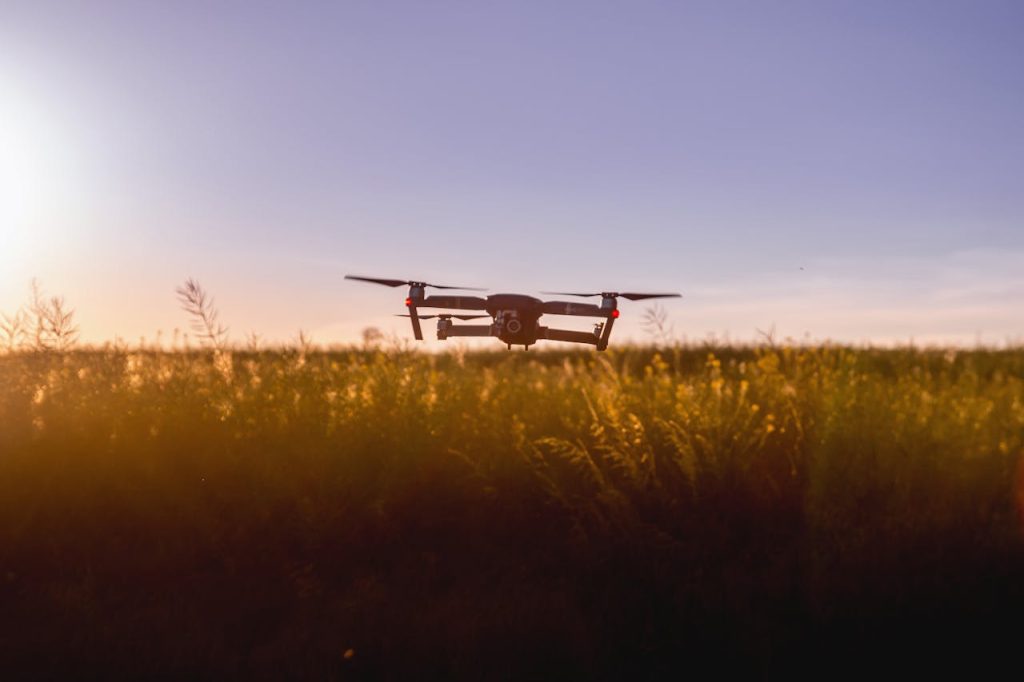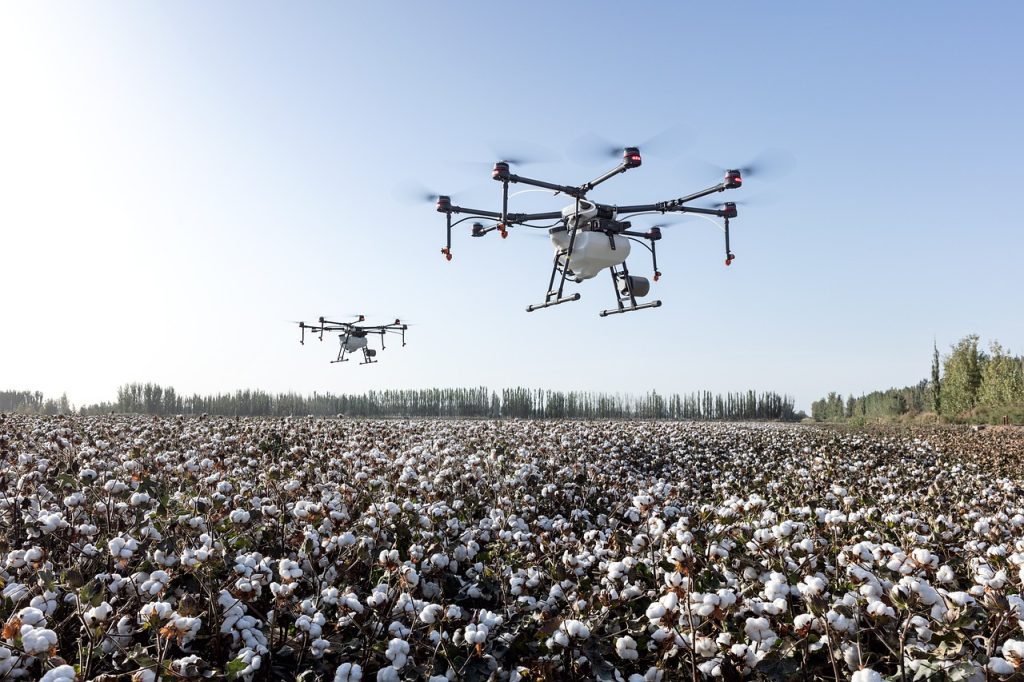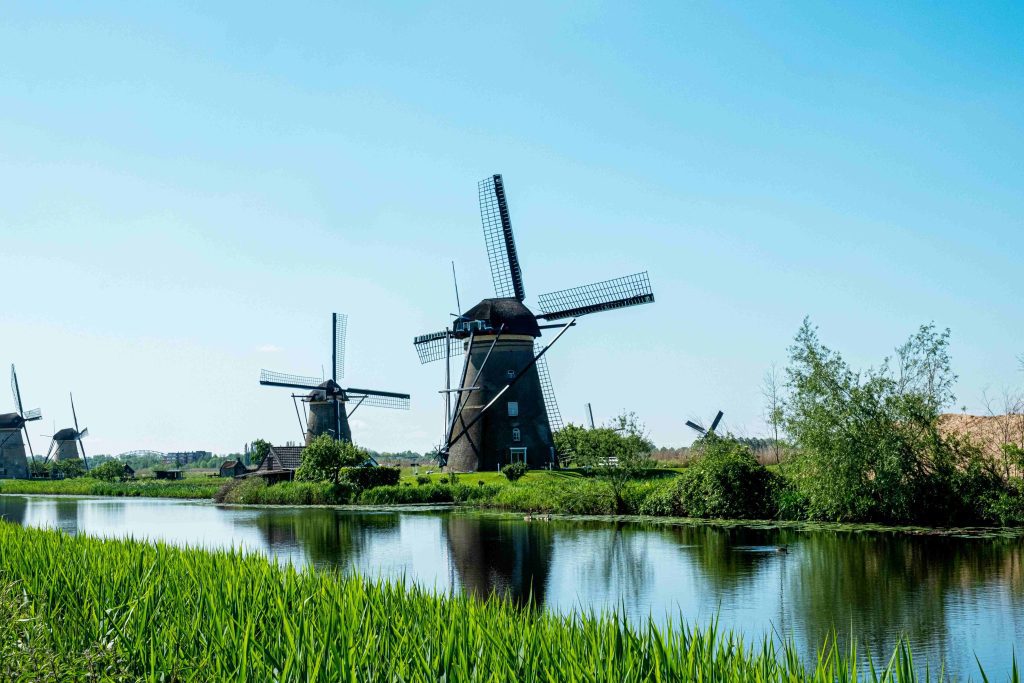The drone is a way to capture images and videos attractive that is mainly in a city like Sydney. The drone can capture attractive footage of landscapes and metropolitan areas which has unlimited opportunities for making drone photography and videography.
The challenge that every drone operator can face is the impact of wind on flying performance. You have to understand how wind affects drone flights which is required for safety, battery life, and capturing high-quality footage. In this blog post, we explore all the various ways wind influences drone operations, particularly in the context of Sydney, and give some tips for safe and effective flying.
Understanding Wind and Its Effects on Drones
The winds have changed their behavior when flying drones. There are some factors mentioned below as wind speed, direction, and gustiness can affect takeoff and landing to battery life and stability. Here are some aspects to consider:

Wind Speed and Direction
Every drone has its specific wind resistance rating which can indicate the maximum wind speed that can be controlled safely. There is an example, there are many drone operators can operate drones effectively in winds up to 10-15 mph (approximately 16-24 km/h). They can extend their limit which can make to get lead to instability which can make difficult.
Wind direction is also important when flying drones. When the headwind has increased the drone’s speed that can make the tailwind can be reduced. These changes can complicate flight paths, mainly in urban areas like Sydney, where the buildings and geographical features can make turbulent wind patterns.
Takeoff and Landing Challenges

This is most important phases of drone flight are takeoff and landing, both of which are impacted by wind conditions. There is a challenge between the launch and landing a drone safely. Lets example, during takeoff, the drones have make struggle against gusts that can make for leading to potential flipping. Pilots have to fix the position themselves when they face the wind to make a barrier that helps stabilize the drone during these necessary moments.
When landing in windy conditions can be a risk. High winds can cause the drone to spin out of control making it difficult to provide a safe landing. That is mainly important in Sydney, where coastal winds can be unexpected.
Battery Drain
Windy conditions have to make battery insufficiency quickly. When you are flying a drone against the strong wind. The drone requires more power to maintain its stability and forward momentum which can significantly reduce their flight time. The rule of thumb, pilots plan to use only two-thirds of their drone’s listed flight time when they operate in high winds with an unexpected mid-flight failure.
Additionally, making sure that the pilots can carry extra batteries which are advisable to make sure that you have to complete your shoot without interruption. Many pilots can underestimate the effect of wind on battery life which can make to lead dangerous situations when the drone can fail to safely return.
Microbursts and Turbulence
Microbursts are changes unexpected from the intensity of their downdrafts which can occur during storms or quickly changing weather conditions. They can create strong turbulence that can make to control a drone. A microburst quickly changes the wind direction it can turn a headwind into a tailwind within a few seconds, which can quickly affect the drone’s path.
In Sydney, the weather can change quickly Being aware of microbursts and their possible impact on drone flights is important. Drone Pilots have always monitored the weather conditions closely and canceled flying when unexpected weather events.
Tips for Flying Drones in Windy Conditions
When you have to make safe and effective drone operations in windy conditions, consider the following tips:

1. Know Your Drone’s Limits
Before flying a drone, you need to familiarize yourself with your drone’s wind resistance rating. This information is mainly found in the user manual. You must have to avoid flying in conditions that exceed these limits to maintain control and safety.
2. Check Real-Time Wind Conditions
When weather projections provide some tips on wind conditions. It is important to check real-time wind speeds using an anemometer before flying a drone. They must help you to assess whether where flying safely.
3. Plan Shorter Flights
In windy conditions, they wish make to flying drones shorter within the visual line of sight. These can reduce the risk of losing control of the drone and they allow for response quickly to changing wind patterns.
4. Use Extra Batteries
As I mentioned before there is strong winds can down battery life more quickly. You have to always carry extra batteries that can make to complete your project without getting interruptions.
5. Avoid Flying Over People
In windy conditions, drones can behave unexpectable. You are getting to minimize risks. You need to maintain a safe distance from people and obstacles that can be made to ensure that if the drone does lose control, it can’t harm anyone
6. Monitor Weather Changes
You have been alert when the weather conditions change. When the wind picks up or when you see the darkening clouds, you need to be prepared to land your drone safely and promptly.
7. Practice Takeoff and Landing Techniques
You need more and more practice of takeoff and landing in windy conditions important for each pilot. Practice these maneuvers and control environments before attempting them in challenging conditions.
Conclusion
You have to understand that how wind affects drone flights is necessary for each operator, mainly in a dynamic environment like Sydney. They can identify the challenges posed by wind and useful methods. Drone pilots can provide safer operations and deliver high-quality aerial photography and videography.
At Upload Enterprise, our priorities are safety and professionalism in all our drone services. Where they are looking to capture attractive landscapes or document events from above. Our experienced team is ready to handle many conditions that can ensure that your vision comes to life without compromise. Remember, there is the key to successful drone operations lies in preparation, knowledge, and respect for the elements.
